Lock And Key Model Of Enzyme Function
Lock And Key Model Of Enzyme Function. This model considers the lock as an enzyme and the key as a substrate to explain this model. The shape of the active site on the enzyme exactly fits the shape of the substrate.
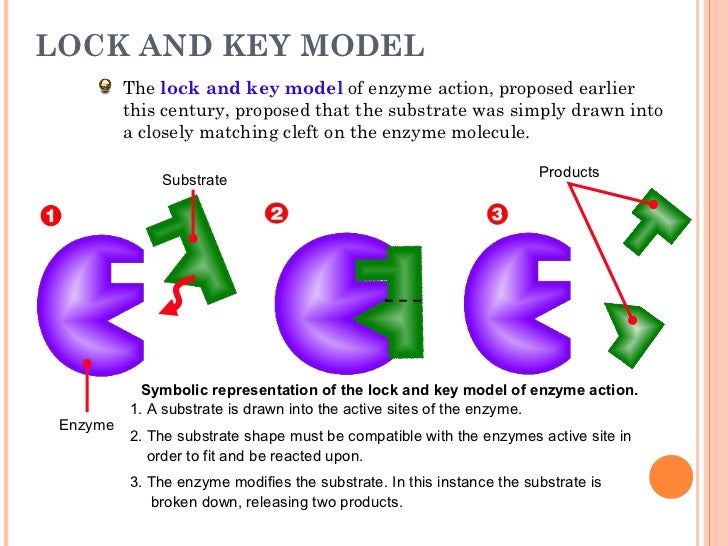
 Enzymes from www.slideshare.net
Enzymes from www.slideshare.netSet 1 of locks and keys will be provided by your teacher. The induced fit model states that the active site of an enzyme will undergo a conformational change when binding a substrate, to improve the fit. Substrate enzyme products symbolic representation of the lock and key model of enzyme action.
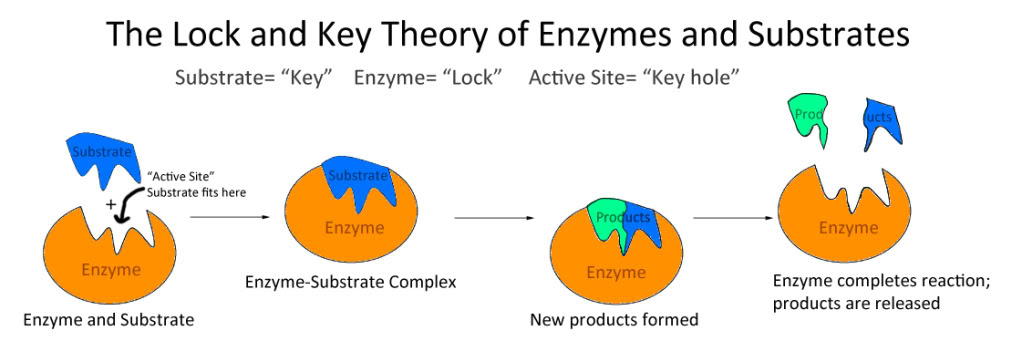
The basic theory behind the lock and key model, the idea that substrates have to fit the enzyme, is still the same, but in the induced fit model the active site is simply less rigid. The shape of the substrate and the active site are perfectly complementary to each other.

A substrate is drawn into the active sites of the enzyme. Any of numerous compounds that are produced by living organisms and function as biochemical catalysts.
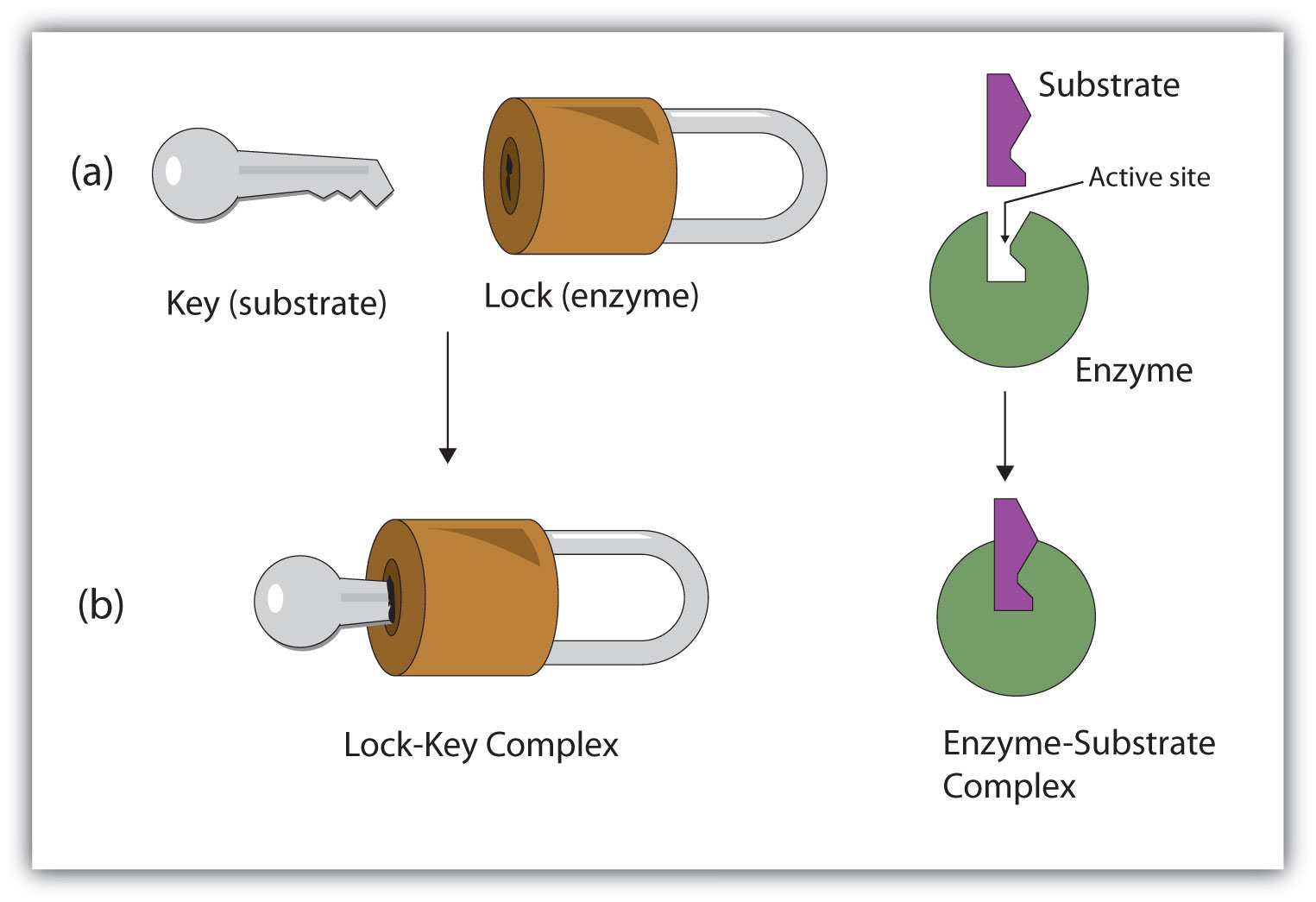
The lock and key hypothesis explains how enzymes can be so specific with their substrates and the reactions they catalyse. Use this image now, for free!

When the enzyme locates its appropriate substrate, the substrate enters the receptor site and both the enzyme and substrate transform to create a complete union so the chemical reaction can occur. The lock and key model assumes that the active site of the enzyme and the substrate are equal shaped.
Similar to how a key has to be the correct one for a lock, no reaction takes place if an incorrect substrate tries to bind. The specific action of an enzyme with a single substrate can be explained using a lock and key analogy first postulated in 1894 by emil fischer.
Induced fit and enzyme function. In the lock and key model, the enzyme's active.
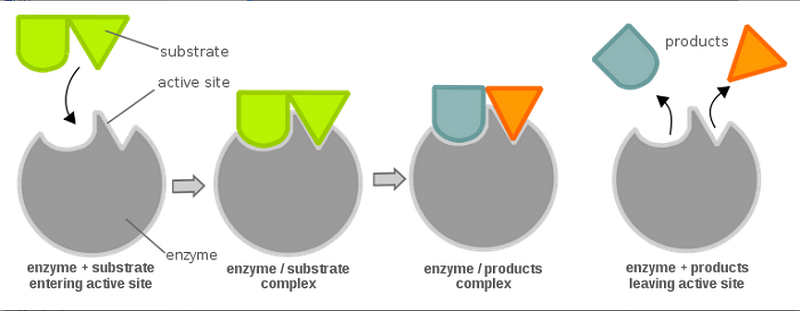
The basic theory behind the lock and key model, the idea that substrates have to fit the enzyme, is still the same, but in the induced fit model the active site is simply less rigid. Pls like and subscribe it will really mean a lot to us.
The basic theory behind the lock and key model, the idea that substrates have to fit the enzyme, is still the same, but in the induced fit model the active site is simply less rigid. According to the lock and key model, the active site of the enzymes serves as the 'lock' while its substrate serves as the 'key'.
When the enzyme locates its appropriate substrate, the substrate enters the receptor site and both the enzyme and substrate transform to create a complete union so the chemical reaction can occur. It supposes that the substrate fits perfectly into the active site of the enzyme.

Pls like and subscribe it will really mean a lot to us. However, current research supports a more refined view scientists call induced fit (figure 1).
The earliest is called 'lock and key' and the newer one is called 'induced fit'. The lock and key model states that the active site of an enzyme precisely fits a specific substrate.

This means that enzymes specifically react with only one or a very few similar compounds. It supposes that the substrate fits perfectly into the active site of the enzyme.

However, emil fischer suggested this model in 1894. A lock is enzyme and the key is substrate, the substrate has complementary shape to the active site of the enzyme ( in another word exact match) so they binds and fits perfectly and therefore allowing the reaction to be proceed.
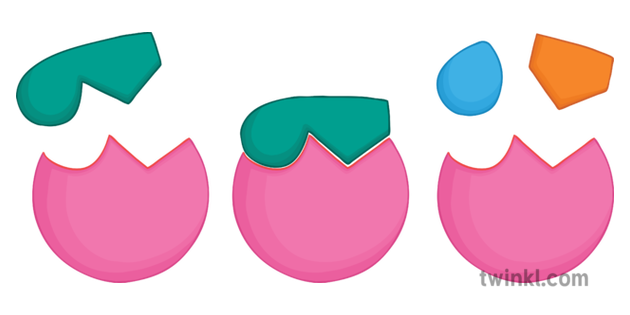
Only the right size and form of the substrate (the key) would fit into the active site (the key hole) of the enzyme, similar to a key into a lock (the lock). Enzyme slightly changes shape to accommodate the bound substrate (slightly engulfing)
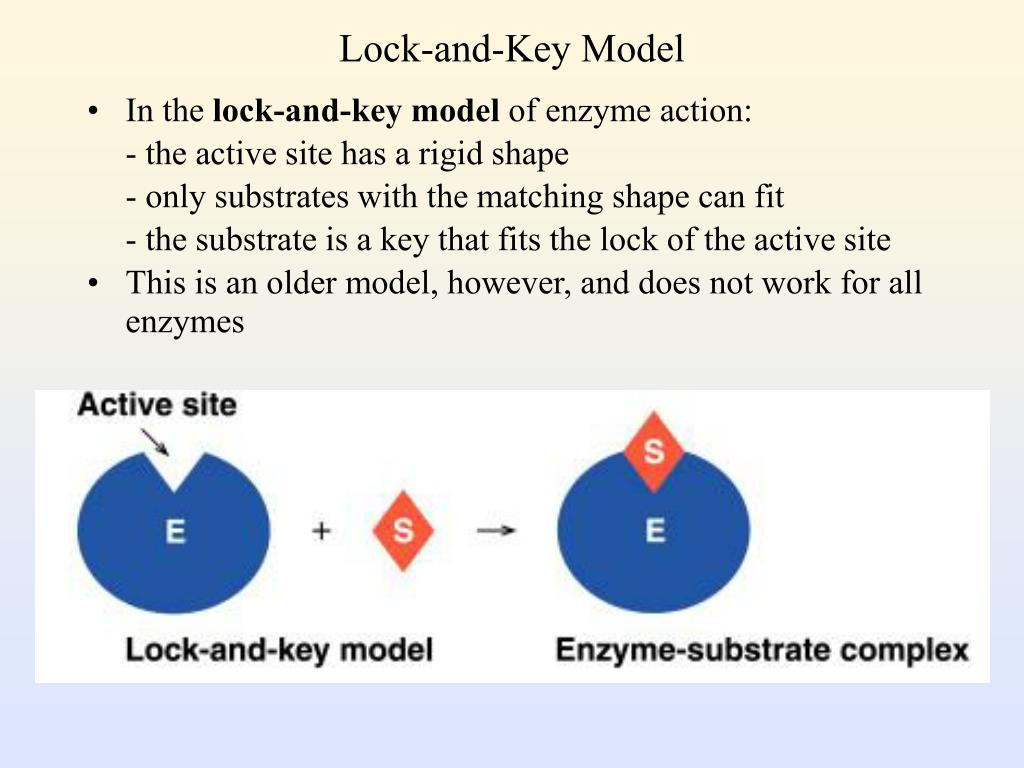
It supposes that the substrate fits perfectly into the active site of the enzyme. The induced fit model portrays the enzyme structure as more flexible and is complementary to the substrate only after the substrate is.
The lock and key model assumes that the active site of the enzyme and the substrate are equal shaped. Therefore, it is also called fisher's theory.

The earliest is called 'lock and key' and the newer one is called 'induced fit'. Similar to how a key has to be the correct one for a lock, no reaction takes place if an incorrect substrate tries to bind.

Induced fit and enzyme function. Some enzymes are simple proteins, and others.

Lock and key model the lock and key model of enzyme action, proposed earlier this century, proposed that the substrate was simply drawn into a closely matching cleft on the enzyme molecule. The concept of how a unique distinct key only can have the access to open a particular lock resembles how the specific substrate.
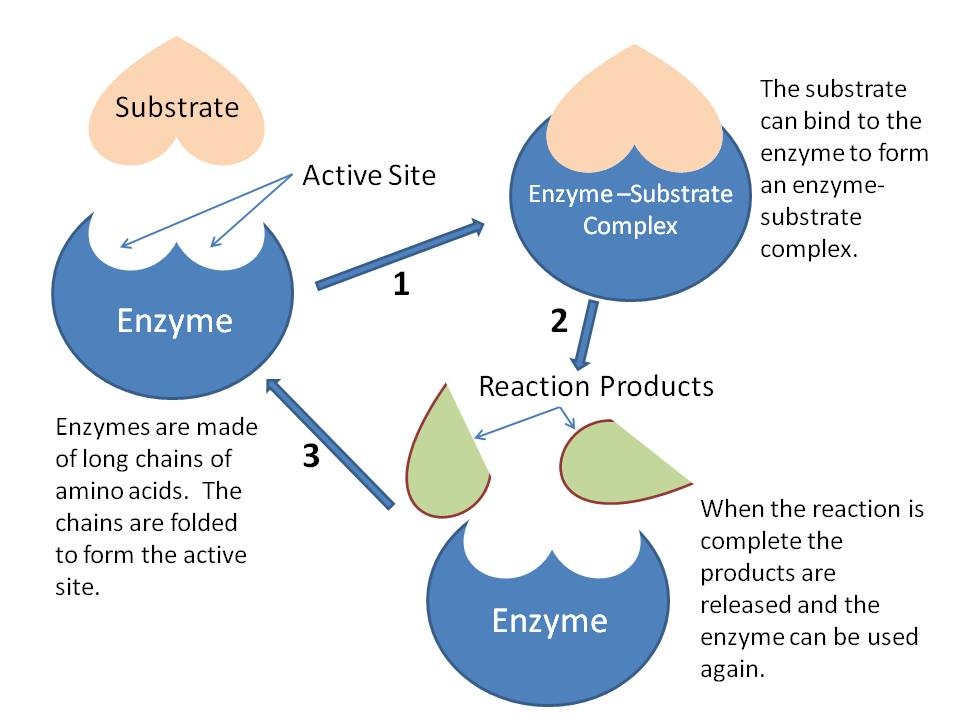
According to the lock and key model, the active site of the enzymes serves as the 'lock' while its substrate serves as the 'key'. Some enzymes are simple proteins, and others.
This Model Considers The Lock As An Enzyme And The Key As A Substrate To Explain This Model.Pls like and subscribe it will really mean a lot to us. Create your own lock and key model of enzyme function themed poster, display banner, bunting, display lettering, labels, tolsby frame, story board, colouring sheet, card, bookmark, wordmat and many other classroom essentials in twinkl create using this, and thousands of other handcrafted illustrations. Enzymes only fit with a specific substrate enzyme structure changes enzymes bind to any reactant enzymes work with any substrate
This Means That Enzymes Specifically React With Only One Or A Very Few Similar Compounds.Understand the lock and key hypothesis of enzyme action. A substrate is drawn into the active sites of the enzyme. This model suggests that the substrate fits into the enzyme's active site in the same way in which a key fits into a lock.
The Shape Of The Active Site On The Enzyme Exactly Fits The Shape Of The Substrate.Enzyme slightly changes shape to accommodate the bound substrate (slightly engulfing) Set 1 of locks and keys will be provided by your teacher. However, emil fischer suggested this model in 1894.
The Lock And Key Hypothesis/ The Induced Fit Model.Lock and key model the lock and key model of enzyme action, proposed earlier this century, proposed that the substrate was simply drawn into a closely matching cleft on the enzyme molecule. In the lock and key model, the enzyme's active. This modified lock and key model, known as the induced fit theory, also explains why some substrates, known as inhibitors, fit in the enzyme site but.
Use This Image Now, For Free!In the lock and key model, the shape of the active site matches the shape of its substrate molecules. The lock and key model is the simpler of the two theories of enzyme action. According to the lock and key model, the active site of the enzymes serves as the 'lock' while its substrate serves as the 'key'.
Belum ada Komentar untuk "Lock And Key Model Of Enzyme Function"
Posting Komentar